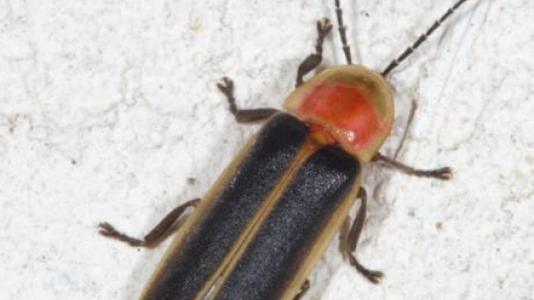
The Field Museum of Natural History is an insect lover’s haven, possessing an unequaled collection of insects, myriapods and arachnids—12 million specimens. The information about these specimens has been meticulously documented on fragile labels but now the time has come for the physical data to be digitized. Why? It turns out this data is an invaluable resource for scientists studying taxonomy, biodiversity and climate change.
At first glance, digitizing the information accompanying insect specimens does not seem too difficult—a camera should easily do the trick. However, part of the problem is that portions of the labels are obscured by overlapping labels, the specimen’s pin or the specimen itself. In addition, the specimens are too delicate to be moved, so it is often impossible to take a clear shot of the label and the specimen. Using available methods to digitize the contents of the labels on the 4.5 million pinned insects in the collection will take decades. Argonne researchers are trying to find a new way to efficiently digitize this information in an experiment named LightningBug ONE. They believe the method they propose will allow digitization of the data in a fraction of the time—one to two years.
In the new design, the specimens are placed on a conveyor belt that feeds them into a station surrounded by twelve small cameras. These cameras are connected to computers that together provide a 3-D view of the specimen and its label. During the test run, the system processed about 1,000 specimens an hour. With LightningBug ONE, the priceless information stored in the Field Museum can finally be shared.
For more information, see article.